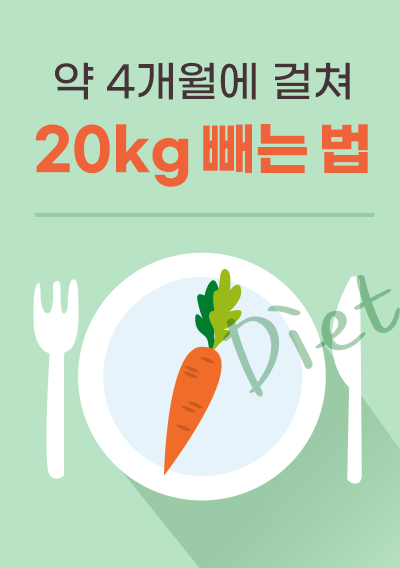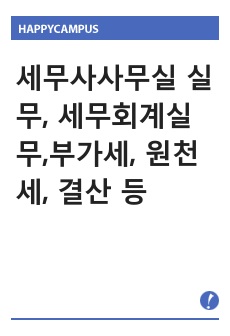인삼의 GAP 실천모델 개발을 위한 재배단계의 미생물학적 위해도 평가
* 본 문서는 배포용으로 복사 및 편집이 불가합니다.
서지정보
ㆍ발행기관 : 한국식품위생안전성학회
ㆍ수록지정보 : 한국식품위생안전성학회지 / 28권 / 4호
ㆍ저자명 : 심원보, 김정숙, 정덕화
ㆍ저자명 : 심원보, 김정숙, 정덕화
목차
ABSTRACT재료 및 방법
시료채취
위생지표세균 및 곰팡이의 오염도 측정
병원성 미생물의 오염도 측정
공중낙하균의 오염도 측정
결과 및 고찰
토양 및 농업용수의 위해분석
인삼의 위해분석
작업자 개인위생의 위해분석
요 약
참고문헌
한국어 초록
본 연구는 인삼의 재배단계에서의 생물학적 위해요소를 조사하고 그 결과를 인삼 GAP 실천 모델의 개발을 위한 기초자료로 제공하기 위해 수행하였다. 충남 금산에 소재 한 인삼 경작지 3곳에서 재배환경, 작물, 개인위생 항목에 대해 총 96점의 시료를 수집하여 위생지표세균, 병원성미생물, 그리고 곰팡이에 대해 분석하였다. 일반세균과 대장균군, 곰팡이의 오염도는 각각 1.3~6.0, 0.1~5.0 및 0.4~4.9 log CFU/g (or mL, hand, and 100 cm2)으로 확인되었고, 대장균의 경우 C 농장의 농업용수에서 검출되었다. 병원성 미생물은 모든 시료에서 B. cereus만 0.1~4.9 log/g (or mL, hand, and 100 cm2)범위로 검출되었으며, L. monocytogenes, E. coli O157:H7, Salmonella spp. 및 S. aureus는 검출되지 않았다. 이상의 결과 인삼 경작지 3곳은 미생물학적 위해요소에 대해서는 안전한 것으로 나타났으나, 주변 환경이나 작업자들에 의해 교차오염이 발생할 가능성은 항상 존재하므로 보다 안전성이 확보된 인삼을 재배하기 위해서 미생물학적 위해요소의 관리과 포함된 GAP 모델의 적용이 필요하다.영어 초록
This study validated microbiological hazards of ginseng farms at the cultivation stage and suggested recommendations to develop a good agricultural practices (GAP) model. A total of 96 samples were collected from cultivation environments (soil, irrigation water, and atmosphere), plants (ginseng and its leaf), personnel hygiene (glove, cloth, and hand) of 3 ginseng farms (A, B, and C) and were tested to analyze sanitary indicator bacteria (aerobic plate count, coliforms and Escherichia coli), major foodborne pathogens (E. coli O157:H7, Listeria monocytogenes, Salmonella spp., Staphylococcus aureus, and Bacillus cereus), and fungi. Total bacteria, coliform, and fungi in the 3 ginseng farms were detected at the level of 1.3~6.0, 0.1~5.0, and 0.4~4.9 v/g (or mL, hand, and 100 cm2), respectively. Only irrigation water collected from one ginseng farm was confirmed to be E. coli positive. In case of pathogenic bacteria, B. cereus was detected at levels of 0.1~5.0 log CFU/g (or mL, hand, and 100 cm2) in all samples, but other pathogen bacterias were not detected in any samples from all farms. Although E. coli were detected in irrigation water, the level of microbial for the three farms was lower than the regulation limit. According to the results, the ginsengs produced from the 3 farms were comparatively safe with respect to microbiological hazard. However, cross-contamination of bacteria from environments and workers to ginseng has been considered as potential risks. Therefore, to minimize microbial contamination in ginseng, GAP model should be applied for ensuring the safety of ginsengs.참고 자료
없음"한국식품위생안전성학회지"의 다른 논문
 식품 포장재 중의 퍼플루오르옥탄설포네이트 분석5페이지
식품 포장재 중의 퍼플루오르옥탄설포네이트 분석5페이지 해동피 및 유사생약 추출물의 위 손상에 대한 효과9페이지
해동피 및 유사생약 추출물의 위 손상에 대한 효과9페이지 종합비타민의 랫드에서 반복투여독성 시험과 대식세포 기능 활성 평가7페이지
종합비타민의 랫드에서 반복투여독성 시험과 대식세포 기능 활성 평가7페이지 발효된 홍삼 미강 대두의 혼합비율에 대한 항산화와 항노화 효과6페이지
발효된 홍삼 미강 대두의 혼합비율에 대한 항산화와 항노화 효과6페이지 훈증소독제, Fumagari OPP®의 Staphylococcus aureus에 대한 살균효과5페이지
훈증소독제, Fumagari OPP®의 Staphylococcus aureus에 대한 살균효과5페이지 감귤류 과피 추출물의 항염증 효과7페이지
감귤류 과피 추출물의 항염증 효과7페이지 채소류의 항산화 효과 비교 연구5페이지
채소류의 항산화 효과 비교 연구5페이지 국내 생산단계 토마토의 위생지표세균 및 유해미생물 오염도 조사6페이지
국내 생산단계 토마토의 위생지표세균 및 유해미생물 오염도 조사6페이지 대황 추출물의 항위염 작용과 유효성분에 관한 연구7페이지
대황 추출물의 항위염 작용과 유효성분에 관한 연구7페이지 국내 유통 중인 인삼 및 인삼 제품류의 미생물 오염도 평가5페이지
국내 유통 중인 인삼 및 인삼 제품류의 미생물 오염도 평가5페이지




















